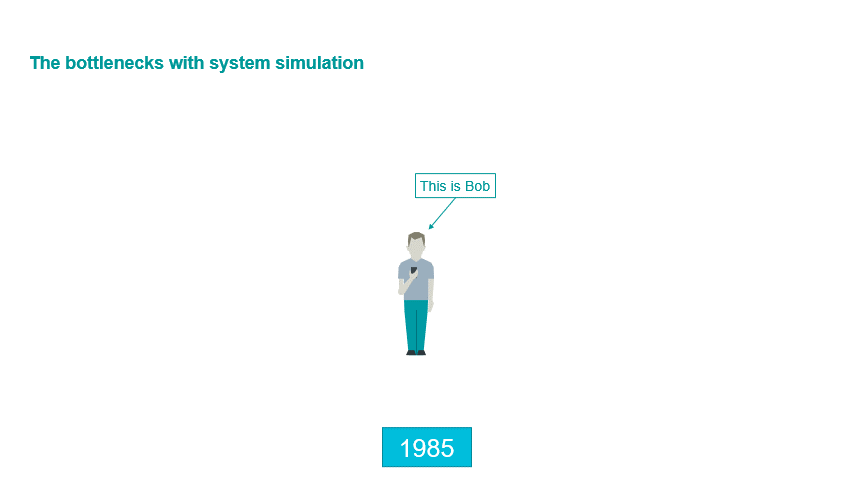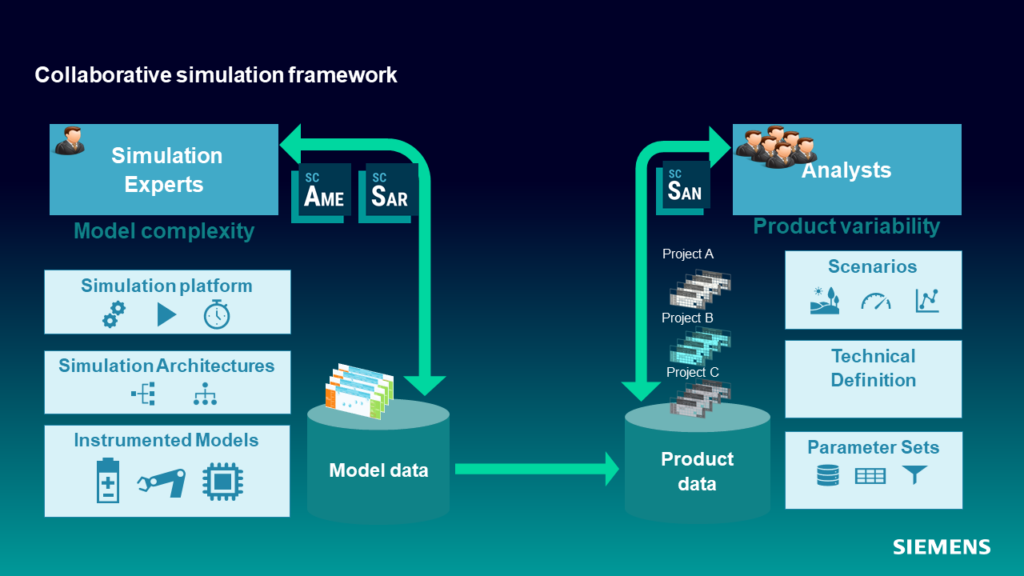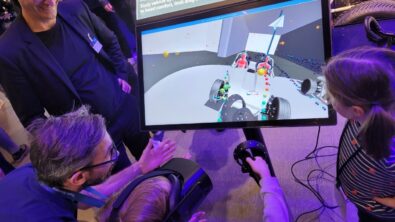Orchestrate your system simulation landscape to flourish like never before

System simulations brought many good things over the past decades: they helped to increase the performance of multi-physic systems much faster and innovate with new technologies while keeping prototype testing efforts under control. This is why many companies started with system simulations or similar numerical technologies already decades ago.
But, after about 30 years of system modeling, have you ever guessed how many 1D simulation models are floating around inside your company and how to best use them? Or do you even know where they are and where they are used? Are you well familiar with building simulation models, but wondering how to let others better leverage them in an orchestrated manner?
Although the benefits these models bring to the product development process are priceless, many companies now come to a point where the efforts needed to maintain all these valuable models need some good orchestration before they are growing out of control. What starts with small and niche models in an empty field can quickly become a jungle of legacy models. All with multiple variants and different scenarios and leading to difficulties of tool dependency, scalability, connectivity and shareability.
So what are these costs that keep growing, and how come you don’t see them?
- Your company is making many more variants of its products compared to 30 years ago, so system simulations have never been so much needed and valuable to evaluate all these variants. This is not only about creating new system models but also about running them with different parameter sets. However, is it really the simulation expert who needs to run every simulation?
- As a simulation engineer you’re not alone anymore. More and more people across the organization (think about test engineers, pre-sales engineers or sales) are involved and ask for access to models, results or analysis. How much time will become available again for the simulation engineer to spend on innovation, if their colleagues become self-sufficient with the models in an orchestrated way?
- In-house tools that connect simulation tools and models have been developed and expanded to make life easier, but they also require maintenance, training and updates. But are hours that are spent on the development of tools really adding value to the core business, or could it be more useful if spent on projects that create value?

These are examples often seen in a process that has grown organically but over time lost its effectiveness. The question to ask is, is this process properly equipped to tackle the engineering challenges of the future like electrification and autonomous operations? No? Time to create order in the chaos and start gardening this jungle!
You need orchestration!
To be ready to facilitate the increased adoption of simulation across the entire company and deal with the complexities related to that, it quickly becomes clear that the current path will have its limits for the future. A better-orchestrated process is needed to deal with more complexity, more integration, and exploration of new possibilities in a faster way. This process orchestrates all efforts done in the organization, where:
- Simulation experts build models based on their knowledge and expertise.
- System architects explore and define system architectures and possible configurations, but also ensure the quality of simulation Methodologies by managing and integrating models and workflows.
- Model and data managers manage the models, libraries, and workflows.
- System analysts reuse this predefined model framework and manage product data and system variants to make the best system integration for a product variant.
On top of that, this process should be:
- Open to re-use existing models, tools and knowledge.
- Consistent for mass deployment of system simulation.
- Flexible in the optimization of System Architectures.
- Capable of a gradual implementation to ensure continuity.
Increase the strength of individual tools by integration
The Simcenter Systems portfolio helps you to orchestrate your landscape of tools that bring individual value, but increase strengths when connected. This is an important step to increase the usage and deployment of system simulations across the company and accelerate innovation.

Going further
Making changes in a process that has organically grown for many years requires a gradual approach. For example, start with the process, tools and models used for a specific ‘vertical’ product attribute like vehicle dynamics, range and performance or thermal management. Another way to gradually start is to make models from the simulation engineers available and accessible to project engineers or sales engineers in an orchestrated way. This will let you quickly enjoy the benefits without disrupting your current processes and impacting your operations.
Once done you can continue building and expanding, for example to deploy system simulation to designers to improve their design efficiency. In any way, having an orchestrated process for your system models made in Simcenter Amesim, Simcenter Flomaster or other 3rd party tools will make the use of these models much more easy and more efficient and let you and your colleagues focus on your main tasks.
Next to the system simulation tools for model authoring, the Simcenter Systems portfolio offers a complete set of tools to orchestrate the system simulation process ranging from system model data management, system architecture generation and optimization, and system simulation deployment across the enterprise. If you want to see more of this have a look at the following videos.









